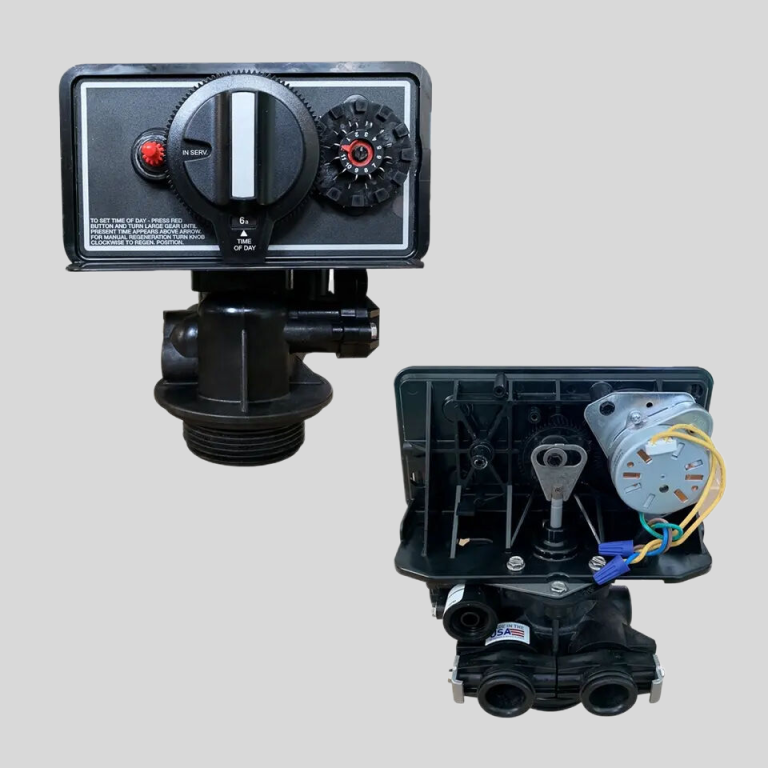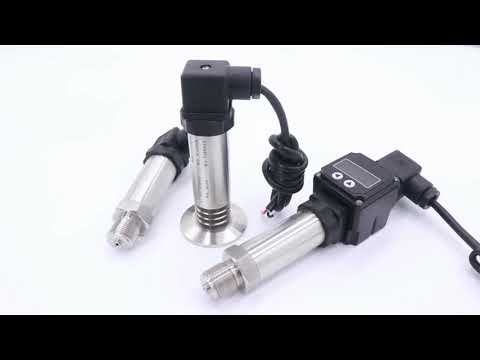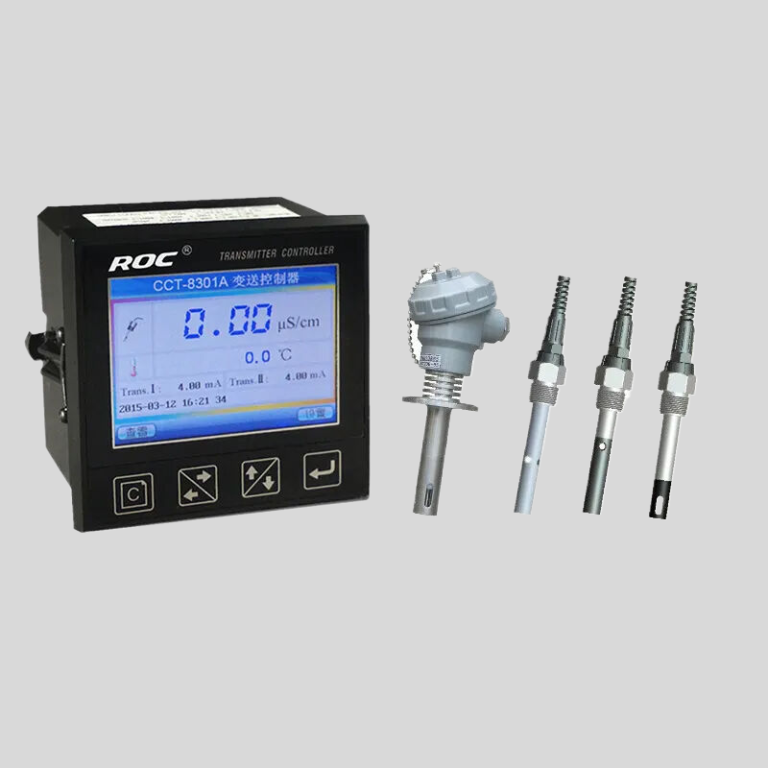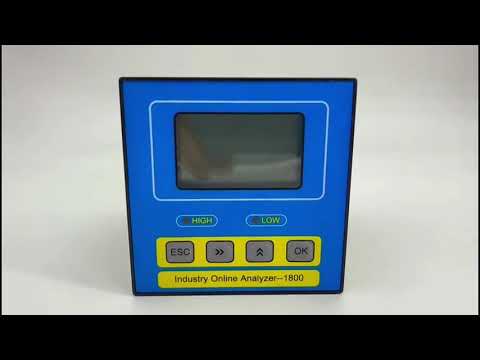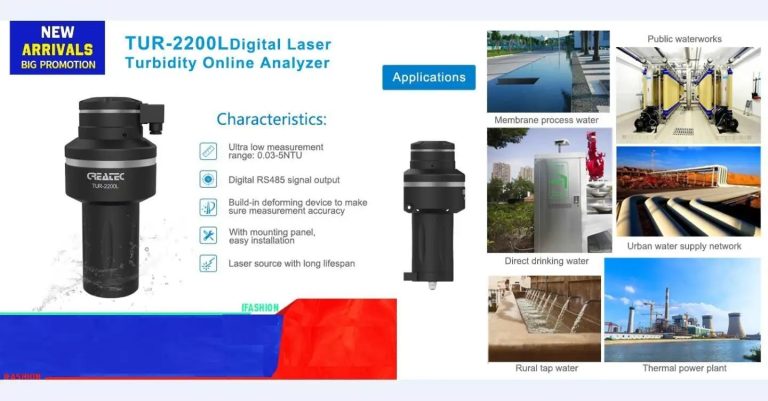Table of Contents
Benefits of Using a Flow Sensor in Tankless Water Heaters
Tankless water heaters have become increasingly popular in recent years due to their energy efficiency and on-demand hot water capabilities. These units heat water directly as it flows through the system, eliminating the need for a storage tank. However, one key component that can greatly enhance the performance of a tankless water heater is a flow sensor.

A flow sensor is a device that measures the rate of water flow through the system. By monitoring the flow of water, the flow sensor can help regulate the temperature of the water and ensure that the heater is operating at its optimal efficiency. This can result in significant energy savings and a more consistent supply of hot water.
One of the main benefits of using a flow sensor in a tankless water heater is improved energy efficiency. By accurately measuring the flow of water, the flow sensor can help the heater adjust its output to match the demand. This means that the heater only heats water when it is needed, reducing energy waste and lowering utility bills.
Additionally, a flow sensor can help prevent overheating of the water in the system. If the flow of water is too low, the heater may continue to heat the water to the set temperature, leading to overheating. This not only wastes energy but can also damage the unit. A flow sensor can detect low flow rates and signal the heater to adjust its output accordingly, preventing overheating and prolonging the life of the unit.
Another benefit of using a flow sensor in a tankless water heater is a more consistent supply of hot water. By accurately measuring the flow of water, the flow sensor can help maintain a steady temperature throughout the system. This means that users will not experience fluctuations in water temperature, providing a more comfortable and convenient hot water experience.
In addition to energy efficiency and consistent hot water supply, a flow sensor can also help improve the overall performance of a tankless water heater. By monitoring the flow of water, the flow sensor can detect any issues or malfunctions in the system, such as clogs or leaks. This early detection can help prevent costly repairs and ensure that the heater is operating at its best.
Overall, using a flow sensor in a tankless water heater can offer a range of benefits, including improved energy efficiency, consistent hot water supply, and enhanced performance. Whether you are looking to reduce your energy bills, enjoy a more comfortable hot water experience, or simply prolong the life of your unit, a flow sensor can be a valuable addition to your tankless water heater system.
In conclusion, a flow sensor is a small but essential component that can greatly enhance the performance of a tankless water heater. By accurately measuring the flow of water, a flow sensor can help improve energy efficiency, prevent overheating, ensure a consistent hot water supply, and enhance overall performance. If you are considering investing in a tankless water heater, be sure to also consider adding a flow sensor to maximize the benefits of your system.
How to Install and Maintain a Flow Sensor in Your Tankless Water Heater
Tankless water heaters have become increasingly popular in recent years due to their energy efficiency and on-demand hot water capabilities. One important component of a tankless water heater is the flow sensor, which helps regulate the flow of water through the unit. In this article, we will discuss how to install and maintain a flow sensor in your tankless water heater.
First and foremost, it is important to understand the function of a flow sensor in a tankless water heater. The flow sensor is responsible for detecting when hot water is being used and signaling the unit to heat the water accordingly. Without a properly functioning flow sensor, the tankless water heater may not be able to provide hot water on demand, leading to inconvenience and potential damage to the unit.
When installing a flow sensor in your tankless water heater, it is crucial to follow the manufacturer’s instructions carefully. Start by turning off the power to the unit and shutting off the water supply. Locate the flow sensor within the unit and carefully remove it, taking note of how it is connected to the rest of the system. Install the new flow sensor in the same manner, ensuring that it is securely in place and properly connected.
After installing the flow sensor, it is important to test the unit to ensure that it is functioning correctly. Turn the power back on and run hot water through the unit to see if the flow sensor is detecting the water flow properly. If you encounter any issues, double-check the installation and consult the manufacturer’s instructions for troubleshooting tips.
In order to maintain a flow sensor in your tankless water heater, regular cleaning and inspection are key. Over time, debris and mineral buildup can accumulate on the flow sensor, affecting its ability to detect water flow accurately. To prevent this, periodically remove the flow sensor and clean it with a mild detergent and a soft brush. Be sure to rinse the sensor thoroughly before reinstalling it in the unit.
Additionally, it is important to check the connections of the flow sensor regularly to ensure that they are secure and free of any corrosion. Loose or damaged connections can lead to malfunctioning of the flow sensor, so it is important to address any issues promptly.
| Model | POP-8300 free chlorine online analyzer |
| Measurement range | (0.00-2.00)mg/L(ppm) \\u00a0(0.00-20.00)mg/L(ppm) |
| Accuracy | Indication error 10% |
| Resolution | 0.01mg/L(ppm) |
| Communication interface | RS485 MODBUS RTU communication protocol |
| Analog output | Double channel (4-20)mA output; Isolated, reversible, completely adjustable, instrument/transmitter dual mode; \\u00b10.1mA transmission accuracy |
| Control output | Double\\u00a0channels, Load capacity 50mA(Max),AC/DC 30V |
| Power supply | Connected to electric supply AC80-260V;50/60Hz, compatible with all international market power standards(110V;220V;260V;50/60Hz). |
| Working environment | Temperature:(5-50)\\u2103;relative humidity:\\u226485% RH(non-condensation) |
| Power Consumption | <20W |
| Storage environment | Temperature:(-20-70)\\u2103;relative humidity:\\u226485%RH(non-condensation) |
| Installation | Wall mounted (with the preset back cover) |
| Cabinet weight | \\u226410kg |
| Cabinet dimension | 570*mm*380mm*130mm(H\\u00d7W\\u00d7D) |
In conclusion, the flow sensor is a crucial component of a tankless water heater that helps regulate the flow of hot water through the unit. By following the manufacturer’s instructions for installation and maintenance, you can ensure that your tankless water heater continues to provide on-demand hot water efficiently and reliably. Regular cleaning and inspection of the flow sensor will help prevent issues and prolong the lifespan of your unit. If you encounter any difficulties with your flow sensor, do not hesitate to seek professional assistance to ensure that your tankless water heater continues to operate at its best.

